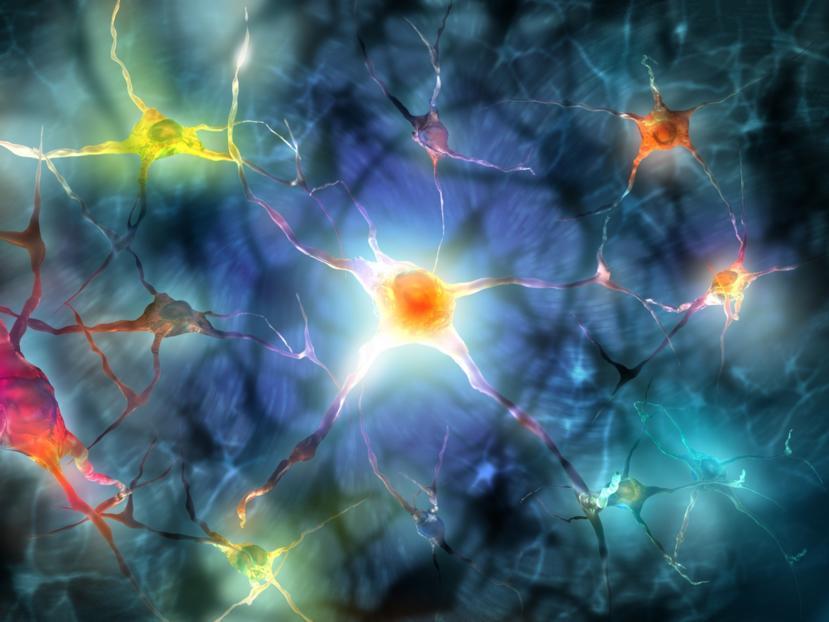Single Protein Linked to Diabetic Nerve Pain

Diabetes is one of the most common ailments plaguing a wide demographic of people all over the world. The term is used to describe a handful of conditions related to the problems associated with the insulin hormone. Insulin is responsible for the regulation of blood sugar levels; diabetes essentially occurs when the blood sugar (Glucose) levels are too high due to the inability of the pancreas (a stomach organ) to produce insulin at all or in the required amounts. The condition can also result from the body’s inability to respond properly to insulin secretion. In the case of type 1 diabetes, patients suffer from the body’s inability to produce insulin at all, while in type 2 diabetes, the body does not make or use the secreted insulin well. Type 2 diabetes is the more common type of diabetes and usually results in an accumulation of glucose in the blood stream that subsequently causes spike in sugar levels of the blood. Gestational diabetes may occur in cases with women who are pregnant during the course of the 9 months.
There are also cases of prediabetes, which means that the blood sugar level of the body is relatively high, but not high enough to be termed diabetes. Prediabetes is a panacea to type 2 diabetes and should be avoided as much as possible. As at now, there is no cure for diabetes and reversal and managements are majorly achieved through diet and lifestyle changes. Over time, the accumulation of excess glucose in the body comes with devastating effects such as blindness, kidney issues, nerve challenges, heart diseases, stroke and may even call for amputation of affected limbs. Slower rate of healing, exaggeration of previous ailments as well as intense body pains may also manifest as a result of the ailment.
Diabetic Nerve Pain
There is also the case of painful diabetic neuropathy, which encompasses chronic pain conditions that are induced by the damage of nerves by excessive availability of glucose. The symptoms if this diabetes nerve pain include tingling and prickling sensations characterized by sharp and spiking pains as well as extreme reactions to stimuli of touch in the feet and hands.
The pain may be mild at first, afterwards it may spread to the arms and legs which can be a significant hindering factor for mobility, leaving most victims sedentary. This is a far worse state with the potential to compound with obesity and type 2 diabetes. Statistically, every 1 in 4 people experiencing diabetes will suffer from the nerve pain symptom, whose damages can cause insomnia, decrease life quality and lead to depression.
Diabetes nerve pain and HCN2
Research conducted by King’s College in London have identified the HCN2 as a single protein molecule that is capable for propagation of complex pain symptoms and sensations related to diabetic pain. The study revealed the over-activity of the HCN2, its molecular mechanism and how it initiates electrical signals in nerve fibres that are highly sensitive to pain, which consequently results in overwhelming sensation of pain.
Furthermore, it was revealed that blocking the activity of the HCN2 protein or using specialized methods to remove the pain-sensitive nerve fibres totally resulted in a total relief and stoppage of the painful sensations. As of now, there have been no clear-cut defined drugs that can totally suppress the activity of the HCN2 protein molecule without affecting other important body function and molecules.
Treatments
As earlier stated, there are no medications available for the total treatment of the diabetic nerve pain without compromising other body parts like the heart. Damaged nerves are also not replaceable, but there are a number of ways that pain and further damages can be prevented. First and foremost, it is imperative to control the blood sugar level so as to prevent progression of damages; this is doable by setting a blood sugar target and monitoring it. Diets, medications and exercises also help to reduce blood sugar level within acceptable ranges such as 70 – 130 mg/dl pre-meal and below 180 mg/dl post-meals. Another noteworthy information is to monitor other health-related lifestyle that can compound and threaten the effects of diabetes.
Alongside lifestyle changes, several medications and practices are applicable for managing Diabetic pain. The symptom is very difficult to treat due to the inadequate knowledge available in the molecular causes and effects of the diabetes nerve pain; High blood pressure, smoking and alcohol have been implicated as some of the factors that increase the tendencies of the diabetic nerve pain occurring.
Medications
Drugs like acetaminophen, ibuprofen and aspirin have widespread recommendations for controlling the symptoms of the Diabetes nerve pain. These everyday pain relievers can be obtained without a prescription but may leave few minor side effects. They should be used in low doses and abuse can be highly detrimental. Antidepressants are most associated with depression, but they also serve a similar a vital role for diabetic nerve pain sufferers. These drugs have the ability to interfere with some of the nerves in the body controlled by the brain to reduce or numb the feeling of pain.
Amitriptyline, imipramine and desipramine are all tricyclic antidepressants that can be used. There are a few side effects associated such as sweating, fatigue and dry mouth. As these side effects may be unpleasant, some patients may prefer to use Venlafaxine and Duloxetine as alternatives to the tricyclics; these drugs have fewer side effects and are Serotonin and norepinephrine uptake inhibitors.
For cases where pain is extreme, stronger measures such as oxycodone and tramadol may be considered, but ideally, these drugs should be your last resort should incase other treatments fail to prevent relief. These opioid pain medicines aren’t readily recommended because of their high side effects and tendency to spark addiction in users. Before resorting to these drugs, proper consultation with a physician or doctor is recommended. Another option that may work is the employment of Lidocaine patches that deliver local anesthetic relief using a patch placed on the skin. A number of anti-seizure drugs are applicable such as Pregablin, Gabapentin, Carbamazepine or Oxcarbazepine may be used to reduce symptoms. Drowsiness and dizziness may accompany the use of these medications however.
Preventing diabetic nerve pain
While the HCN2 protein has been revealed to be the single-handed culprit in the nerve-racking symptoms of the diabetes nerve pain, there has been no development of any definitive medications for the nerve pain. Keeping blood sugar levels under the controllable range is imperative to prevent nerve damage and the consequent nerve pain. Exercise, rest, sleep and diet treatments should also be strictly adhered-to. Diabetic neuropathy has no known cures as at now, but physical therapies and sessions can help in reducing the effects. Speak to your doctor or authorized physician to help in selecting something that is right and best-suited for you.

















